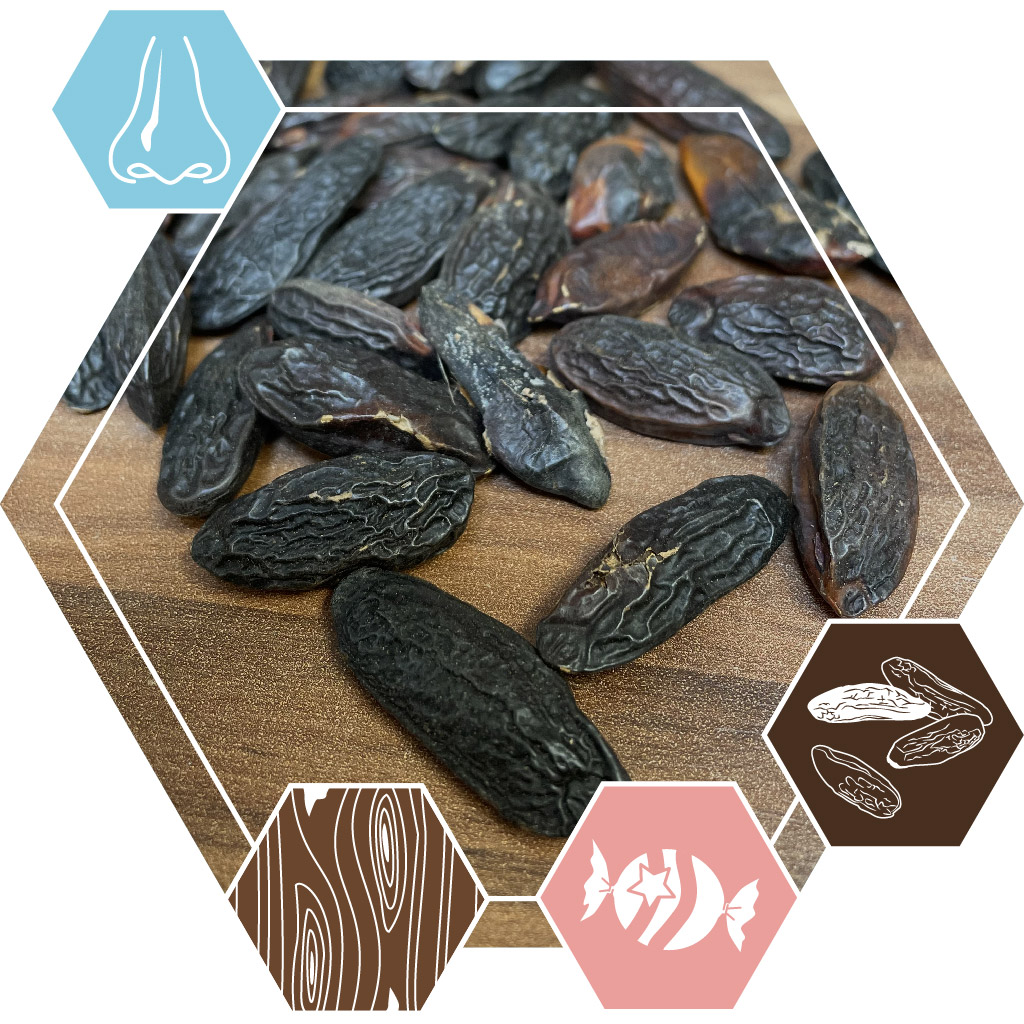Fragrance raw material
Description
"This text has been automatically translated and may contain errors.
Coumarin is a widely used fragrance, we sell it loose, as crystalline powder (see article 23001) and liquid in the form of a 10% solution (that's this article: 23113) Coumarin occurs naturally in various plants, including the tonka beans of the tonka tree, sweet honeycomb, sweet grass, cinnamon, honey clover and various other plants. Although coumarin is widely distributed in nature, it is used as a fragrance synthetically made.
Coumarin 10% in DPG consists of a solution of 100 grams of coumarin in 900 grams of DPG, so it is 10% w/w; the purity is more than 98%.
The smell is that of hay, in addition it has some aspects of the smell of coconut. It is a signature base note. Coumarin is widely used in fine perfumes, especially in amber, vanilla and chypre bases. It is virtually indispensable in fougère perfumes, as it is in classic fragrances such as 'new mown hay'. Coumarin is also widely used for some warmth and sweetness in the perfume. It is great for use in soap.
Coumarin 10% in DPG does not require further dilution and is easier to use than the solid, for example it can be used drop by drop. In cold weather, or if stored (too) cold, the solid can go out of solution. Gently heating in a water bath ensures that everything goes back into solution. Keep cool, dry, dark and out of reach of children.
Coumarin 10% in DPG is classified as a hazardous mixture under REACH/CLP with the following classification:
H317 - May cause an allergic skin reaction.
H373 - May cause damage to organs through prolonged or repeated exposure.
Coumarin is one of the 26 allergens that the EU has designated as an allergen that must be listed on the packaging of cosmetics if the concentration exceeds a certain limit.
The English name is Coumarin 10% in DPG."




